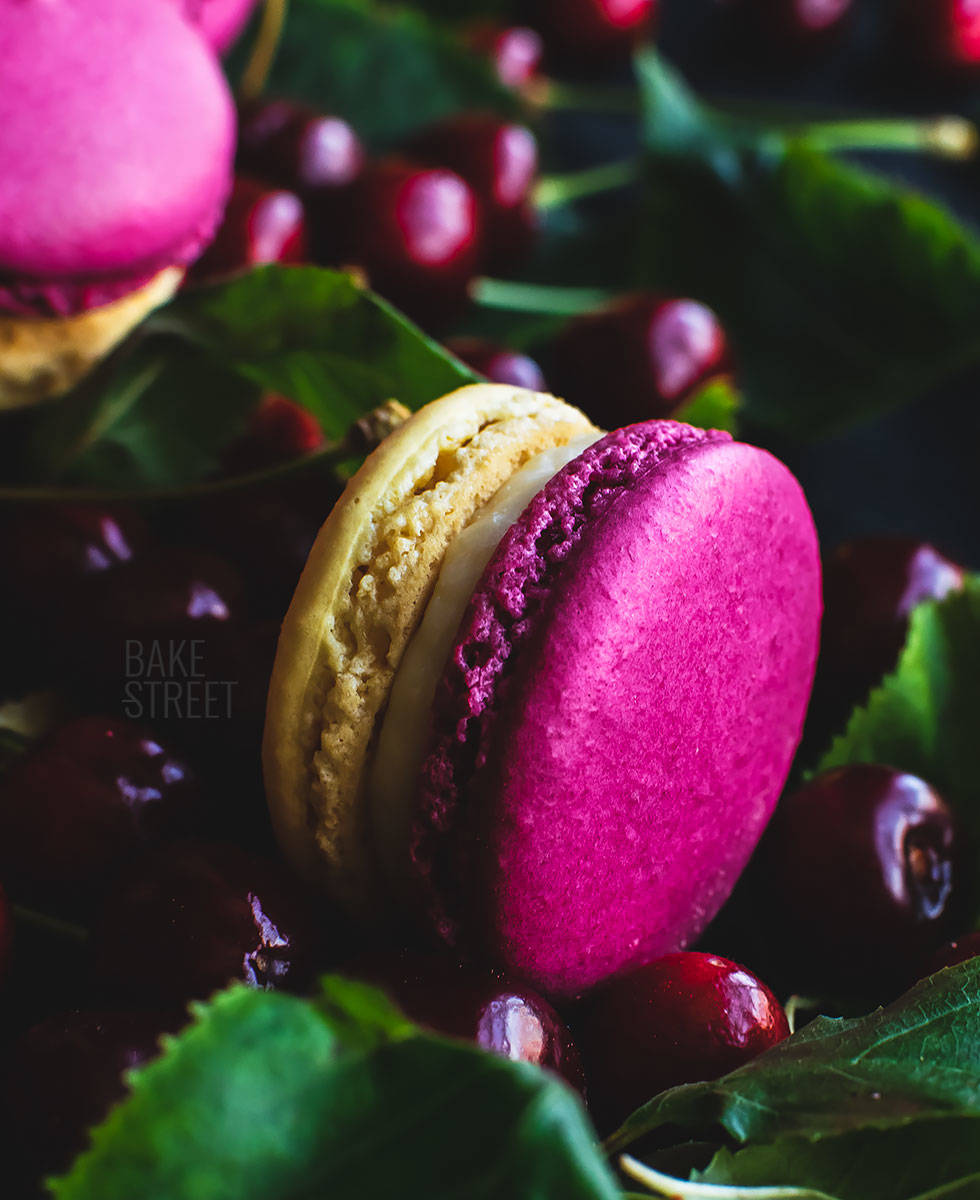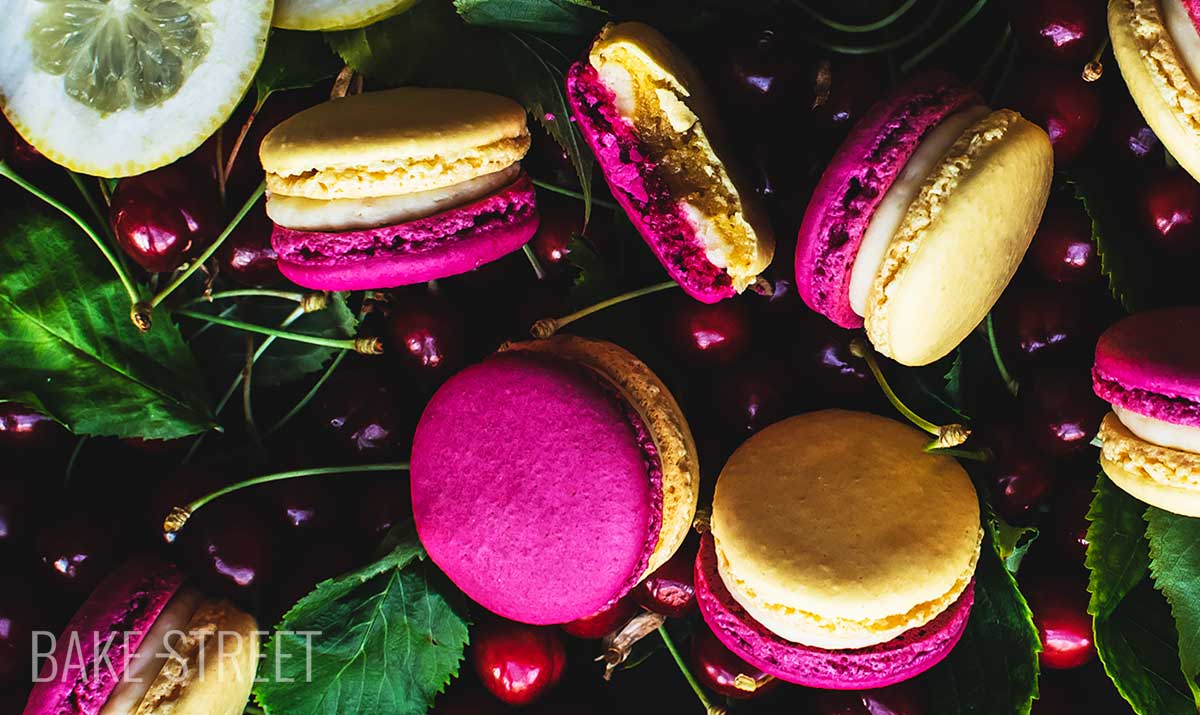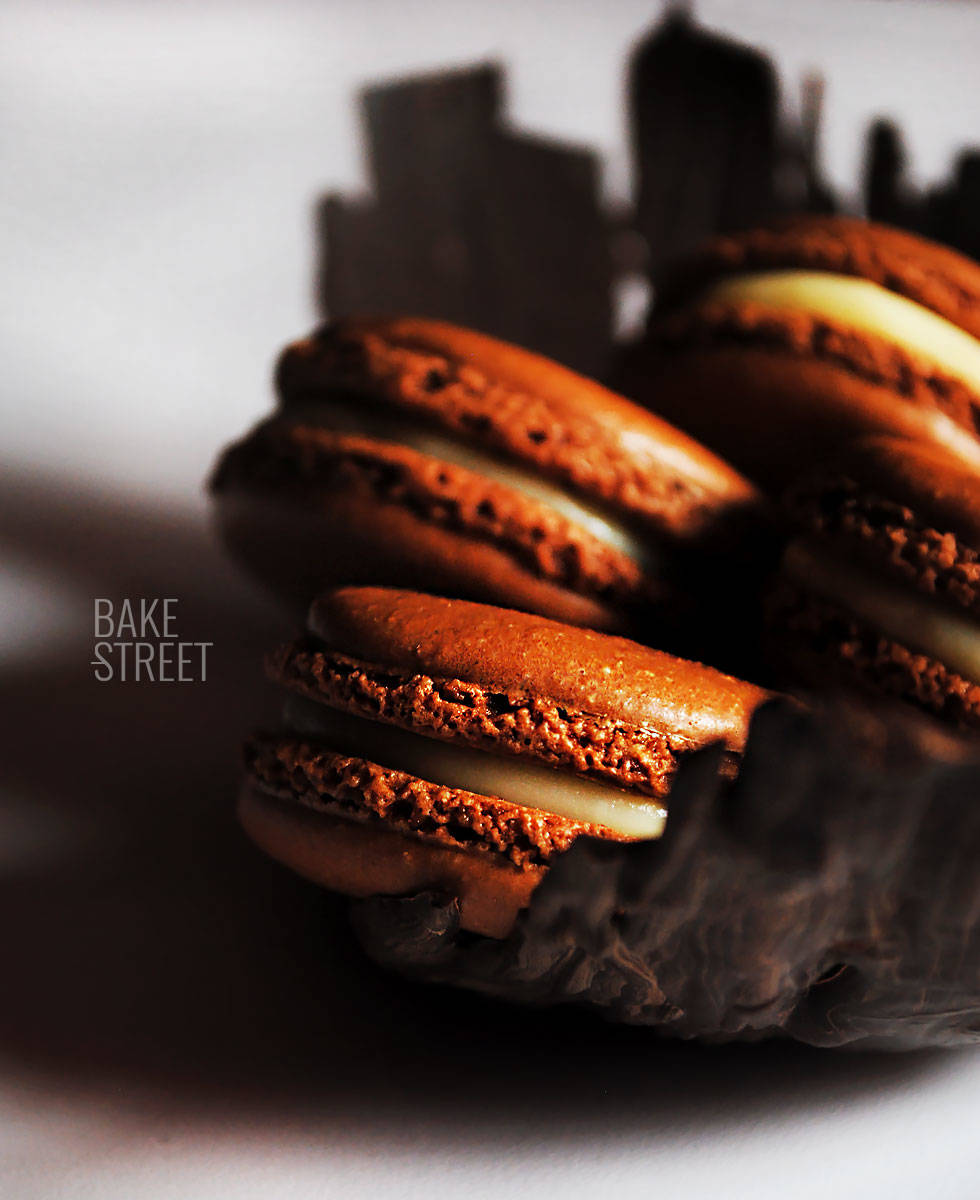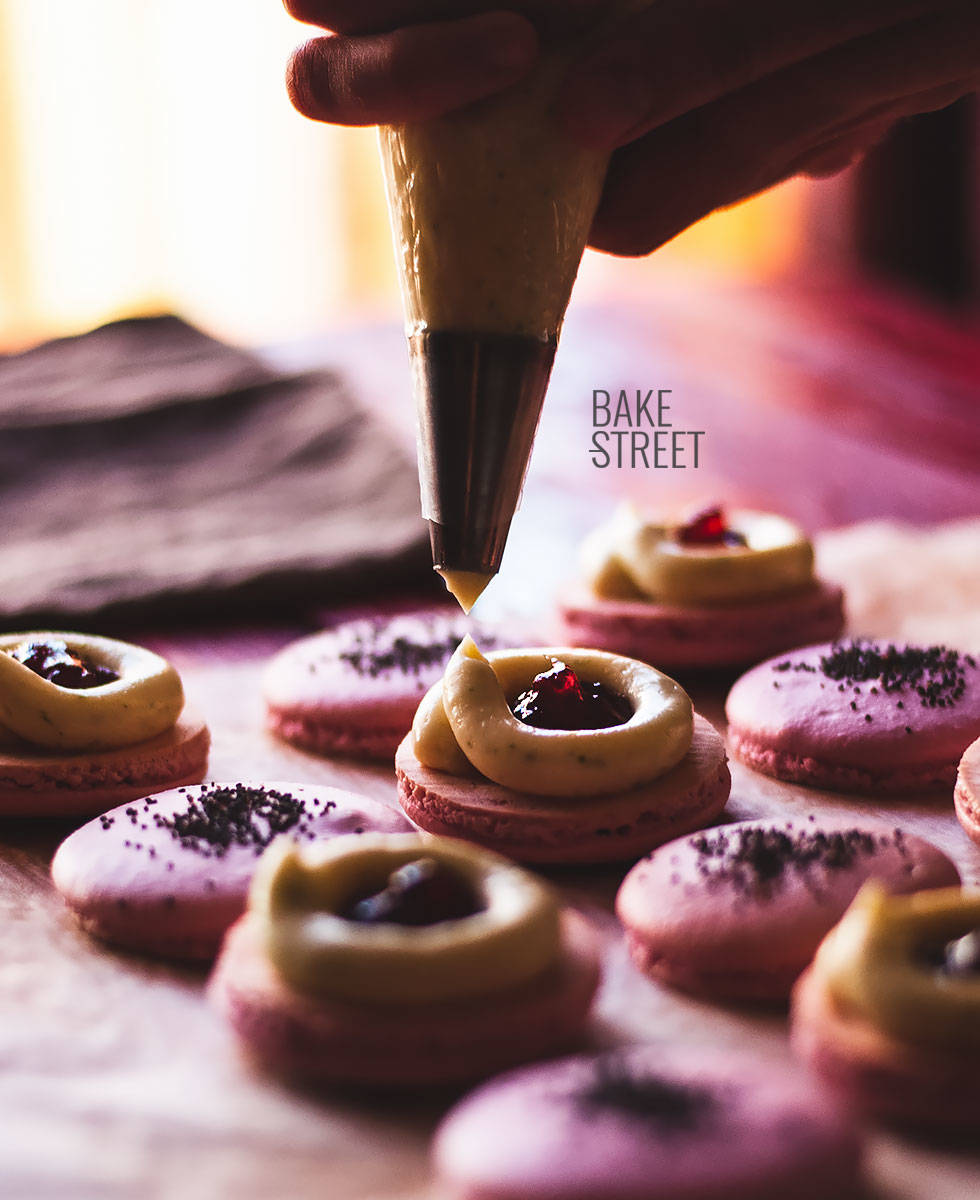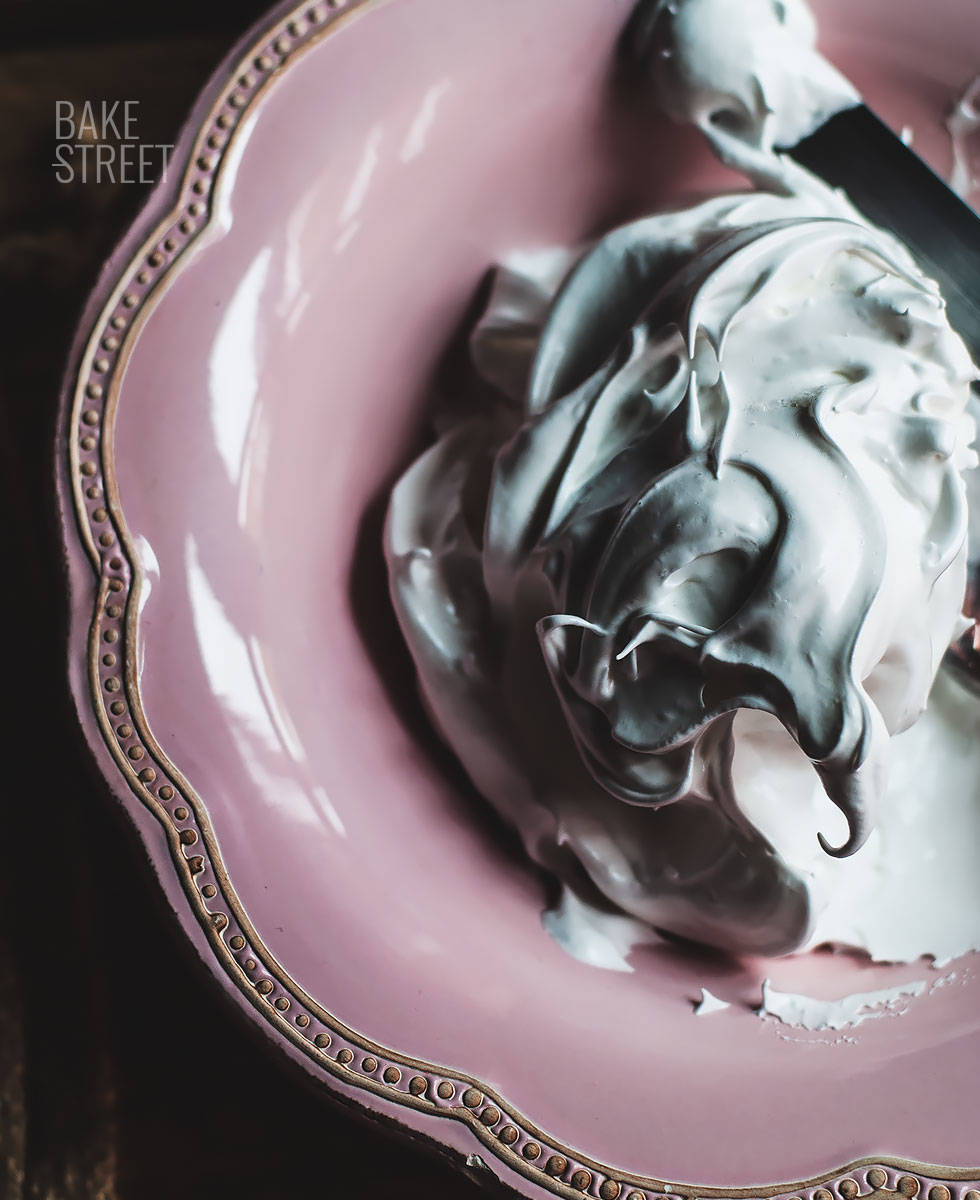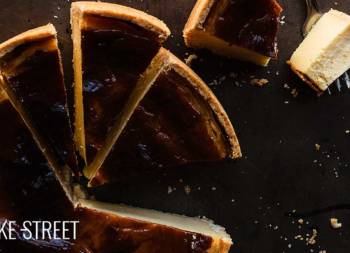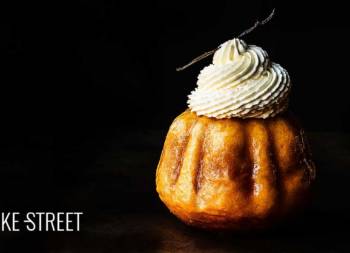This word is present to us whenever we hear or read a macaron recipe. It carries a fame of being very complicated and laborious. Nothing beyond the truth, with dedication and patience, is a method within everyone’s reach.
Macaronage is the technique of incorporating through gentle and enveloping movements the mixture of ground almond and icing sugar with egg whites.
The ideal movement when doing this is from the side of the bowl through the bottom and towards the center (this would create an enveloping movement). It is important that you slide the spatula over the bottom of the bowl, as it is easy for some of the almond mixture to remain unintegrated.
If we over mix the mixture of the batter we will have a mixture too runny. As a result we will have a batter that when piping falls practically alone of the piping bag, some flat macarons and without foot.
A good way to observe the exact point of our batter to pipe it, is to imitate the effect “piping bag” on it. The batter has to fall off and become practically whole. I will show you this later.
To elaborate a macaron we must control the preparation of an Italian merengue.
Note that the meringue is not firm and rigid, but has a smoother finish. It could be said that the success of our macarons resides in 75% in learning how to make this movement.
There is no doubt that the time of drying, temperature, baking… It is the remaining percentage key to obtain perfect macarons.
We should not be overwhelmed, especially at the beginning. It is a technique that is acquired with time and dedication, we must be very delicate in this process and pamper our batter very much. We already know that everything that is done with love, goes well 😉
